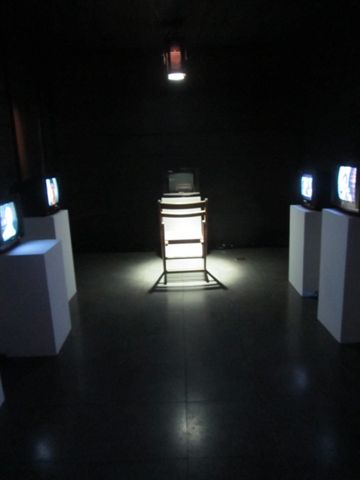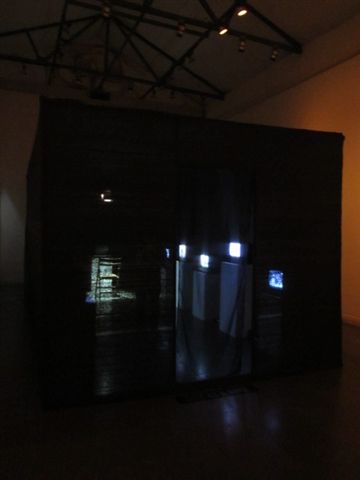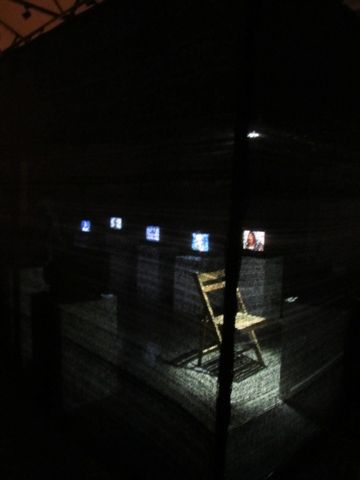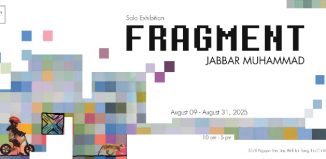KVT – Into the Confessional
 |  |
Into the Confessional
Back in Hanoi after two months in cooler climes enjoying a smorgasbord of contemporary dance and a dose or two of Mahler. The British Proms provided a good dessert menu.
My plane got back an hour too late in the week to catch the last night of the Europe Meets Vietnam in Contemporary Dance program which looked as though it was going to be one of the highlights of this year’s cultural calendar but by Sunday I got unjetlagged well enough to enjoy and contemplate Truong Que Chi’s video instalation at Goethe.
At this year’s Venice Biennale, aboriginal Australian, Vernon Ah Kee represented that country with a multimedia installation and said in an interview that, ‘art has to ask questions, otherwise there is no function for it. It can’t be just good looking because that’s only surface.’ I think that Truong may agree with this and I’ll write my opinion piece probing just a couple of questions that immediately prickled me.
Not that her art isn’t good looking! She has set up an intimate confessional booth in a darkened gallery and invites the individual viewer to enter through a curtain and have a personal, interactive experience with her concept.
Along each side of the dimly lit space are four TV screens each playing a continuous loop of persons of differing ages and genders. It appears that they are ‘confessing’ and their muffled appeals for absolution fill the air like flutterings of invisible wings. We are drawn to the faces on the screens and although we cannot comprehend their words, their faces are indelible.

At the focal end of the black box confessional is a wooden chair, lit, interrogation style, by an overhead light and the realization hits that this is where the overburdened can sit and confess….but the confessor is the black screen of a TV set.
Truong calls the instalation ‘to the place where we want to forget’ and , for me, on one level, it could represent a safe place where individuals could unburden themselves and leave their unpleasant memories safely behind, absolved and forgiven. But then there is the sinister component of the interrogation chair and the confessions stored on video and so I get that a queasy feeling in the pit of my stomach that this may not be a simple confessional but rather a place of inquisition where memories are forcibly stolen.
To define the symbolism as purely ‘Catholic’ would be misleading as the concept can be universally applied across universal cultural, secular and political spheres. But it was a great way to present the conceptual idea and then release the can of wormy questions that intelligent viewers may use to bait their questioning minds.
This is one of those inquiring works of art that would suit a discussion group perfectly!

It was a very theatrical piece of art balanced by quite beautiful poetics and my apologies to Truong if I’ve misrepresented her powerful work. She’s only 24 so I can imagine that she’ll continue to make art that has much questioning subtlety under its appealing surface.
If you’re tempted to enter the confessional I fear it may be too late as it’s all too brief run finished on the 13th.
![]()
| Kiem Van Tim is a keen observer of life in general and the Hanoi cultural scene in particular and offers some of these observations to the Grapevine. KVT insists that these observations and opinion pieces are not critical reviews. Please see our Comment Guidelines / Moderation Policy and add your thoughts in the comment field below. |

















